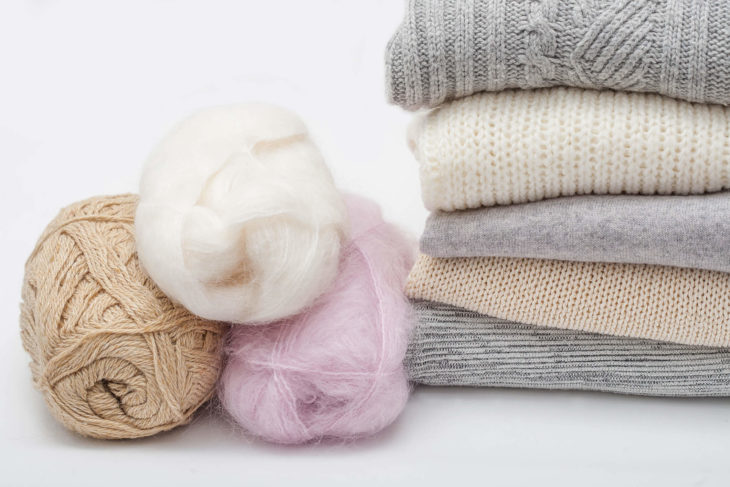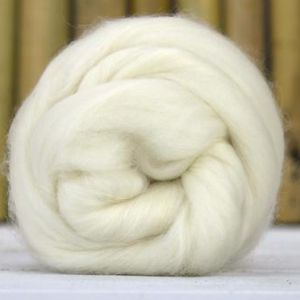Why Natural Fibres are best for Cashmere or Lambswool JumpersPosted by Genuine Cashmere on December 19th, 2020 It could be cotton's smooth drape, lambswool's comfort, or cashmere's elegance. The natural fibres of cotton, lambswool and cashmere have a special experience that cannot be replicated by synthetics, whatever the appeal. No one knows precisely how long mankind has been using cotton, but archaeologists have discovered pieces of cotton fabric that are at least 7,000 years old in caves in Mexico. As early as 3,000 years before the birth of Christ, cotton was cultivated and made into cloth in the Indus River Valley in Asia. Around the same time, the Egyptians were still sewing and wearing cotton textiles. Check this article for more info about what kind of animal does cashmere come from? Cotton today is one of the most commonly cultivated crops in the world. Because of its excellent absorption properties, the warmth and softness of cotton, which is derived from cellulose fibres? Cotton clothes retain perspiration easily, thereby making the wearer more secure. Cotton of good quality has a matte luster, a pleasant drape and the touch feels smooth and wet. One of the less common characteristics of cotton is that it will wrinkle very quickly, but technological advancement has led to the introduction of a variety of cotton treatments that can be used to treat cotton fabric such that it can maintain that crisp, freshly ironed look for much longer.
Many years before the sheep's ability to remain dry and warm in cold temperatures and pouring rain were also spotted by humankind. Wool is a perfect insulator that is incredibly water resistant. This is because wool fibres have a rigid, water-repellent outer layer that covers each hollow fibre, unlike hair or fur. Lambswool is the best quality of sheep's wool available among all the wool styles available. At the time of first shearing, lambswool is removed from sheep, usually when they are around six to seven months old. Lambswool has unprecedented softness and is finer, harder and more durable than other wool styles with its fibers. Lambswool fibers are usually used in the manufacture of clothes worn close to the skin because of these properties. Like cotton, without being wet or clammy, lambswool fibres can absorb moisture, while the hard outer layer of each lambswool fiber protects against moisture. Water is repelled, however moisture is consumed and this helps to sustain a cool, even body temperature in lambswool fabric. Lambswool is a great insulator for heat. The wool crimp creates insulating air spaces that maintain heat adjacent to the body when liquid moisture is absorbed from the body by the rough outer surface of lambswool fibres. It is best suited to shifting environmental conditions and the vagaries of the British atmosphere, so lambswool has this capacity to control temperature and make the body breathe. There are also superior spinning properties in Lambswool, making it easy to wear and shape. The versatility of lambswool fibres, meanwhile, helps clothes to mold to the body while also maintaining their form. Lambswool provides another major advantage in an era where allergies are widespread. Lambswool is not well-known to be the most hypoallergenic of all wools, either. Lambswool is also resistant to dust mites, making garments made of lambswool an excellent alternative for those with common allergies and asthma. Known for its exceptional softness, cashmere wool is extracted from fine-haired Kashmir goats living in the coldest, least hospitable areas of the world, such as China, Mongolia and Tibet's remote mountain ranges. Just about 150 grams of cashmere are produced each year by each animal - thus the luxurious status and added cost of cashmere items.
Cashmere goats manufacture a double fleece composed of a thin soft layer of hair combined with a straighter and much coarser exterior hair covering called guard hair that cannot be used. Before it is available for use, the cashmere fibers must then go through a sequence of complicated de-hairing, washing and carding. During fermentation, the natural crimp of cashmere fibers helps the fibers to interlock and ensures that they can then be woven into an incredibly fine and lightweight cloth. The fineness of the spinning yarn and the softness of the final product are associated with the crimp of the fibre. The fabric maintains the fibers' loft, which ensures the cashmere is beautifully soft, but has little weight. The positive news is that both of these natural fibers can be effectively mixed with synthetics, but they also have their own distinctive qualities. The addition of man-made fibres to cotton, lambswool or cashmere will potentially boost their natural properties in certain instances. For e.g., cotton, when blended with other fibres, is less prone to creasing. Like it? Share it!More by this author |




